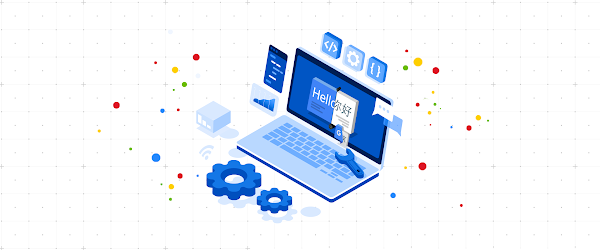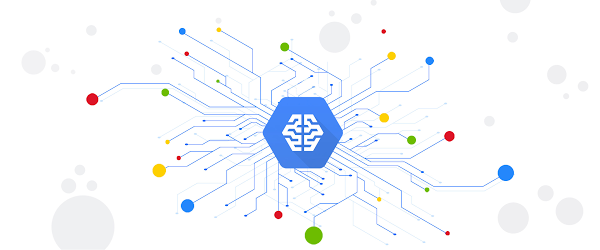
Microsoft Azure Training Day: Migrating Applications to the Cloud
November 5, 2019
Get the word out: AutoML Translation goes GA, plus updates to Translation API
November 5, 2019Many of us take the ability to see the world for granted, but the everyday task of identifying objects of various shapes, colors, and sizes is a challenging feat. Yet, this type of technology is critical for a range of applications, from medical image analysis to photo editing.
As part of our ongoing effort to create software that can perform useful visual tasks, we’ve developed a new image segmentation model called ShapeMask that offers a great combination of high accuracy and high scalability. In this blog we’ll look at what exactly ShapeMask is, what its advantages are, and how you can get started with it.
An overview of ShapeMask
The task that ShapeMask performs is called “instance segmentation,” which involves identifying and tracing the boundaries of specific instances of various objects in a visual scene. For example, in a cityscape image that contains several cars, ShapeMask can be used to highlight each car with a different color. Each of these highlighted areas is called a “mask.”
ShapeMask builds on a well-known object detection model called RetinaNet (this Cloud TPU tutorial has more information) which can detect the location and size of various objects in an image but does not produce object masks. ShapeMask initially locates objects using RetinaNet, but then gradually refines the shapes of these detected objects by grouping pixels that have a similar appearance. This new approach allows ShapeMask to create accurate masks. We have made a well-optimized implementation of the ShapeMask model available open-source here.



